Paraskeva Clark (1898-1986) was a unique artist with leftist political leanings who focused on social and political turmoil, including the consequences of war and fascism. Born in Russia, where she worked in a shoe factory and went through the Russian Revolution, she moved to Paris to study art and married a Canadian.
When she moved with her husband to Toronto in 1931, the Canadian art scene was ready for a change, writes curator and art historian Christine Boyanoski.
“The dominant wilderness landscape idiom, rooted in nationalist ideology, was no longer adequate to express the social and political turmoil that would unfold over the next two decades,” Boyanoski writes in an Art Canada Institute e-book (here).
Her first Canadian works were portraits and still lifes. But she could not ignore the political and economic crises of the day. By the end of the 1930s, her work reflected her ideology and she became involved in more activism. (Above: Petroushka, 1937)
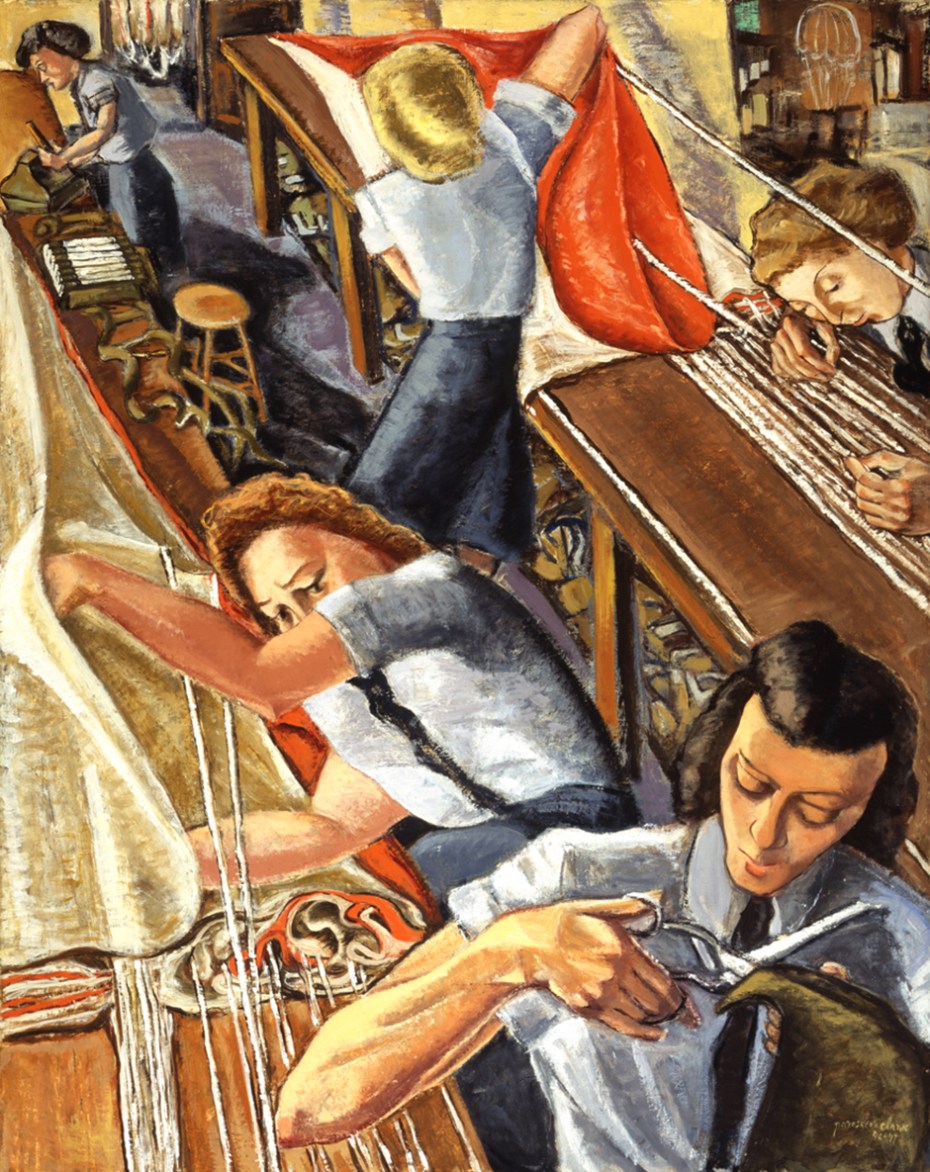
In the 1940s, disappointed at not being chosen to be a civilian war artist, Clark petitioned the National Gallery of Canada and was commissioned in 1944 to paint women making contributions to war. This image (Parachute Riggers, 1947) and Maintenance Jobs in the Hangar, 1945 (at top of post) are two of the three works she submitted.
Paraskeva Clark at the National Gallery of Canada, here.
This is #20 in the series 150 Artists.
Discover more from Canadian Art Junkie
Subscribe to get the latest posts sent to your email.

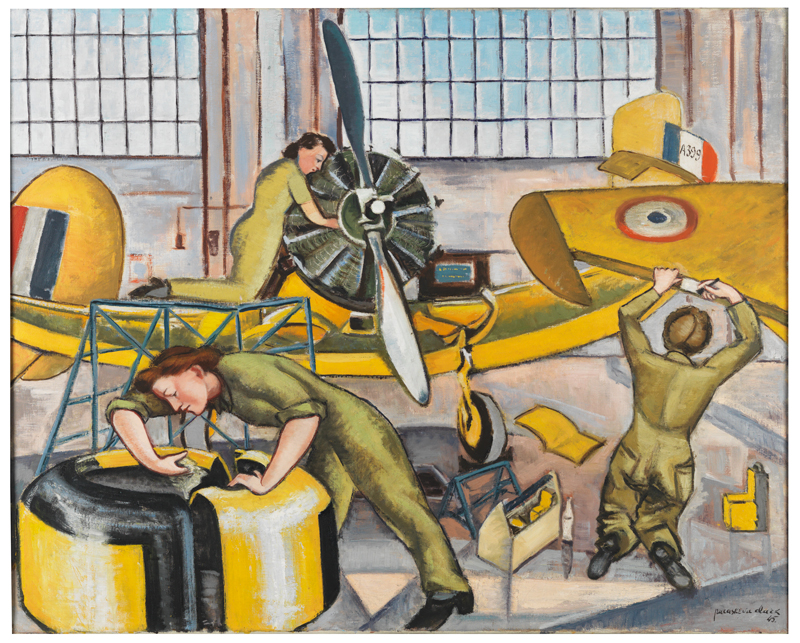
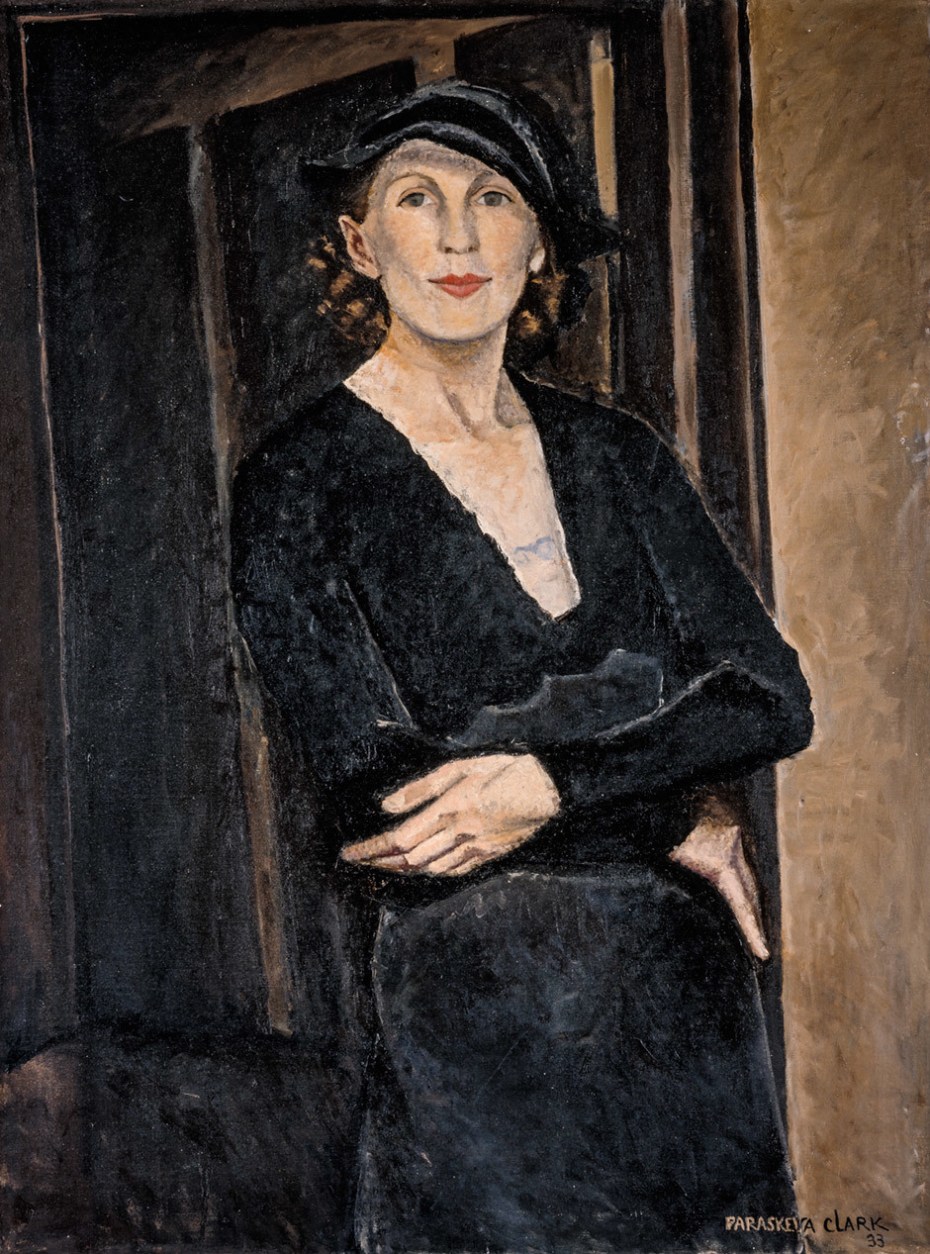

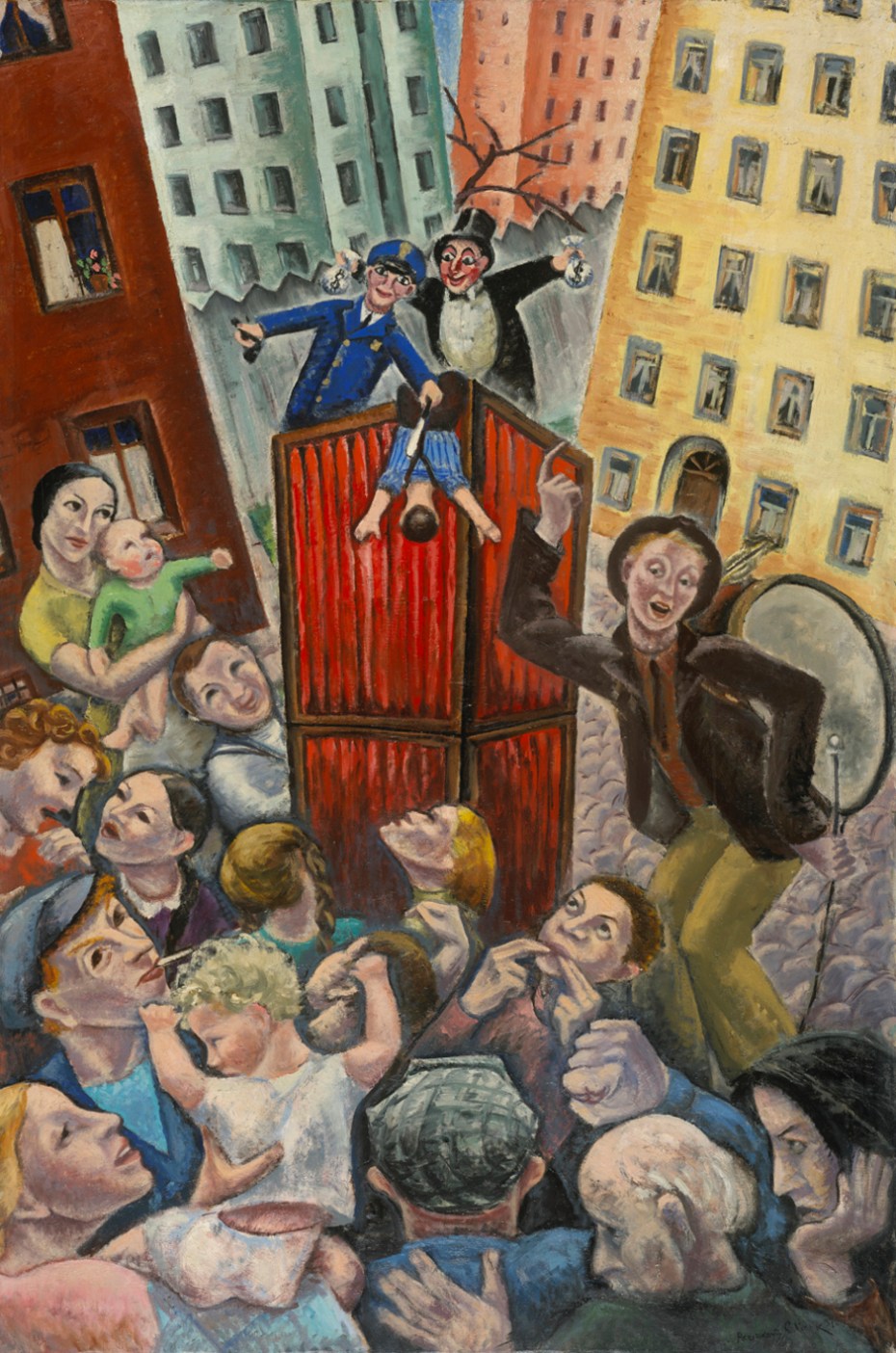


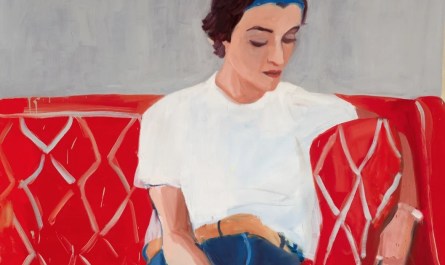



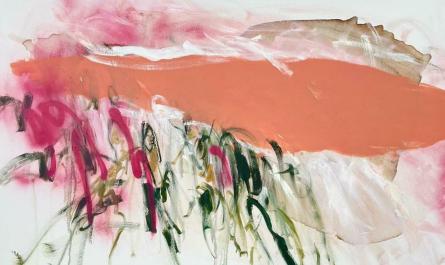
Wonderful art
I agree, and thank you for stopping by.
Wow. Thank you for spotlighting Paraskeva’s art and how it played such a role in her activism. I came here via a recommendation by Resa and LOVE what I see! ♥
Thank you so much Christy B. Glad you dropped by and you’re welcome to come back!
Her work is wonderful. I adore the feminist activism portrayed in the first and last paintings. The soft uber pastel bathing room is very piquing, most interesting. However, the portrait of a woman in black is simply marvelous, I love it! It looks 30’s, and makes me think of Chanel at the time. Paraskeva Clark was putting women forefront, and it’s obvious she was a pioneer of women’s (women are still working on it) place in the world.
What an excellent choice for the 150.
You are absolutely right about the style of the woman, logical that you would notice the similarity to Chanel!! Yes a pioneer in many ways – especially going against the grain of Canadian landscaping in favour of political painting. Lord save us!
Agree, against the landscaping flavour faves of the day, but for women always. I am so happy you included her.